
NASA administrator Michael Griffin. Photo credit NASA
WASHINGTON (BNS): To further widen its horizon of space-related activities, US space agency NASA is exploring private partnership opportunities.
�NASA is keen on establishing associations in space projects,� NASA Administrator Mike Griffin said here recently.
Congratulating Armadillo Aerospace for winning the $350,000 Level One prize of the Lunar Lander Challenge, the biggest award under NASA's Centennial Challenges programme, Griffin said, "The award is a high leverage tool to stimulate innovation." Armadillo is a leading developer of reusable rocket powered vehicles.
Talking about NASA�s association with Armadillo in another project, Griffin said that the two parties were working on a LOX/methane rocket engine to be tested in an altitude chamber at the White Sands.
Jen Allred, project manager in the Propulsion Test Office at White Sands, described the partnership as �a great demonstration� of how two organisations functioning in very different manner are able to approach a common goal -- to get to the moon. "Both NASA and Armadillo know their business well, and are eager to share their technical knowledge and resources to achieve mutual success," Allred said.
He said Burt Rutan's Scaled Composites team was building a commercial sub-orbital vehicle to follow to their highly successful SpaceShipOne, and Peter Homer is now applying the design of his new glove to the next generation spacesuit.
On the issue of space tourism, Griffin said a successful space tourism industry would offer many synergistic opportunities for private-public partnerships. "We will see it in other fields in the years to come, including micro-gravity parabolic flight services, sub-orbital launches, and cargo re-supply to and from the International Space Station," he said.
Griffin said NASA has invested $500 million for commercial crew transportation to the International Space Station (ISS). He said it was great that the Orion crew vehicle and Ares 1 launcher will compete with commercial providers.
"In NASA plan, commercial systems are 'primary' for ISS logistics. Orion and Ares are the backstop if US commercial providers are not successful in developing such capability. They are sized for missions beyond low-Earth orbit, and will not be as cost-effective as commercial systems built specifically for ISS transport.�
�We should not yield to the temptation to build yet another government system solely for access to LEO. As a matter of fiscal responsibility, we should not design systems like Orion and Ares for low-Earth orbit operations, and then re-design them later for missions to the moon, the near-Earth asteroids, and Mars. And as a matter of strategic policy, the Earth-to-LEO market niche should be left to commercial providers, if they can fill it and to government systems only if they cannot."
The NASA administrator said that the parabolic variable gravity aircraft flight services are another opportunity in the commercial sector. "Several flight tests have been conducted with Zero-G Corporation to determine whether they can meet the requirements for microgravity experiments that are currently performed on the government C-9 aircraft," he said.
He added the test flights included five experiments from small businesses developing technology under the auspices of NASA's SBIR programme. "While the tests are not yet complete, project managers are confident that Zero-G can meet NASA's needs. Thus, we are planning for the transition of all microgravity flight activities from the NASA C-9 to the commercial aircraft, while the C-9 continues to support Space Shuttle operations and acts as a backstop for the commercial microgravity service if necessary," Griffin said.
The agency�s COTS partners are making great strides, the administrator said. "In late September, SpaceX's Falcon 1 rocket flew successfully, and on November 22, they conducted their first full duration static test of all nine Falcon 9 rocket engines.
Orbital Sciences recently completed Preliminary Design Reviews for their Cargo Modules and designs for their launch facilities at Wallops Island, and design of their Taurus II launch vehicle is underway, he added.
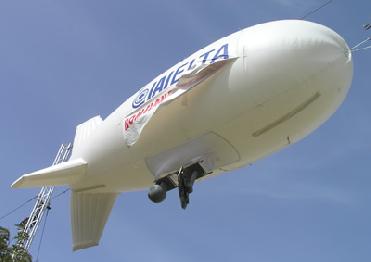 Previous Article
Previous Article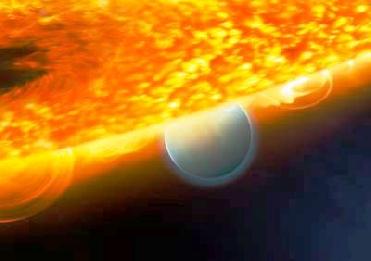 Next Article
Next Article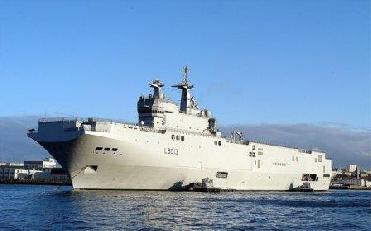
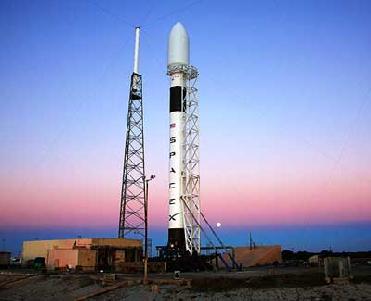
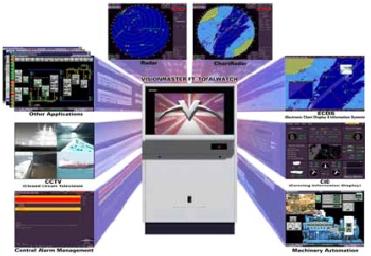
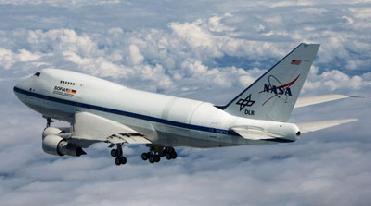










The Indian Air Force, in its flight trials evaluation report submitted before the Defence Ministry l..
view articleAn insight into the Medium Multi-Role Combat Aircraft competition...
view articleSky enthusiasts can now spot the International Space Station (ISS) commanded by Indian-American astr..
view article